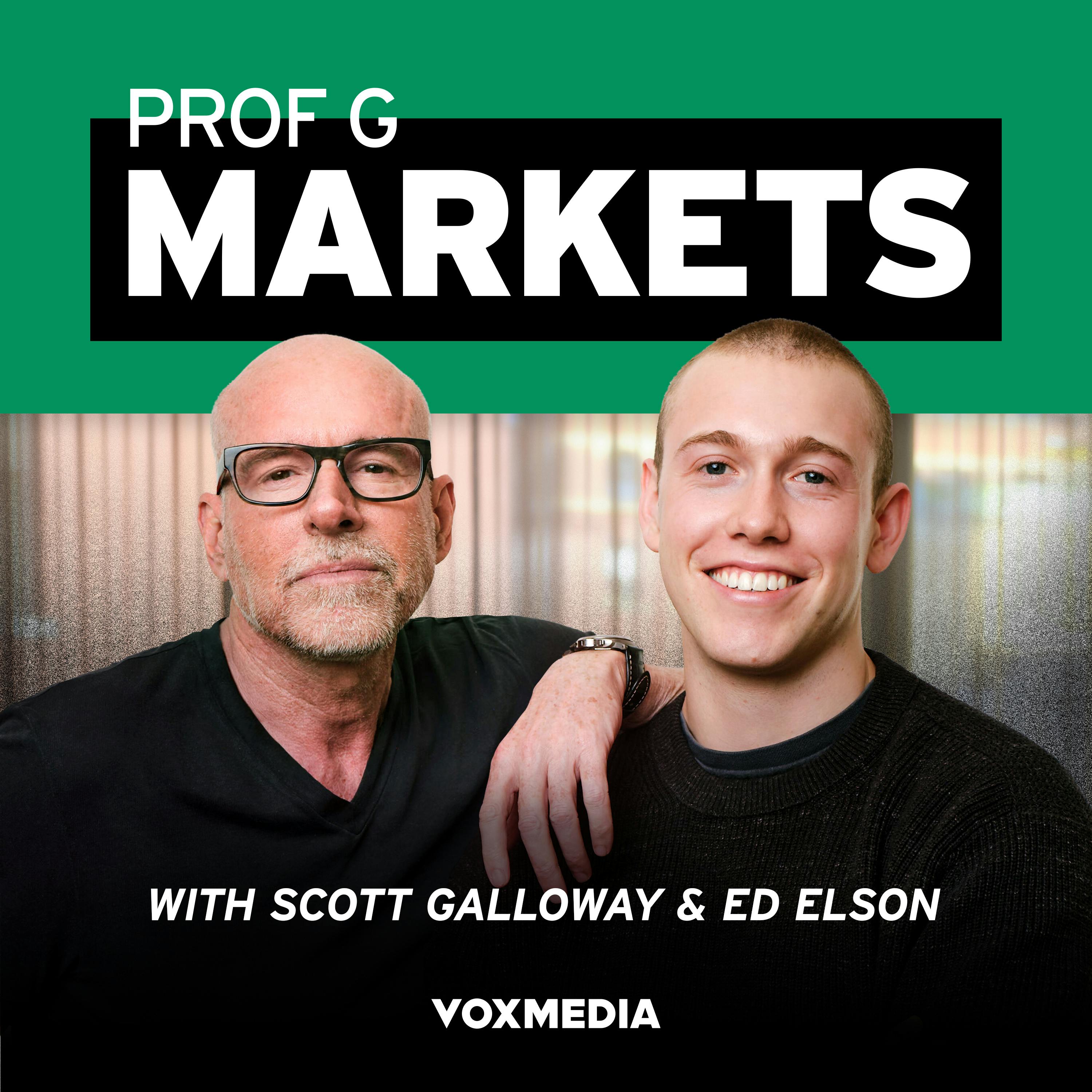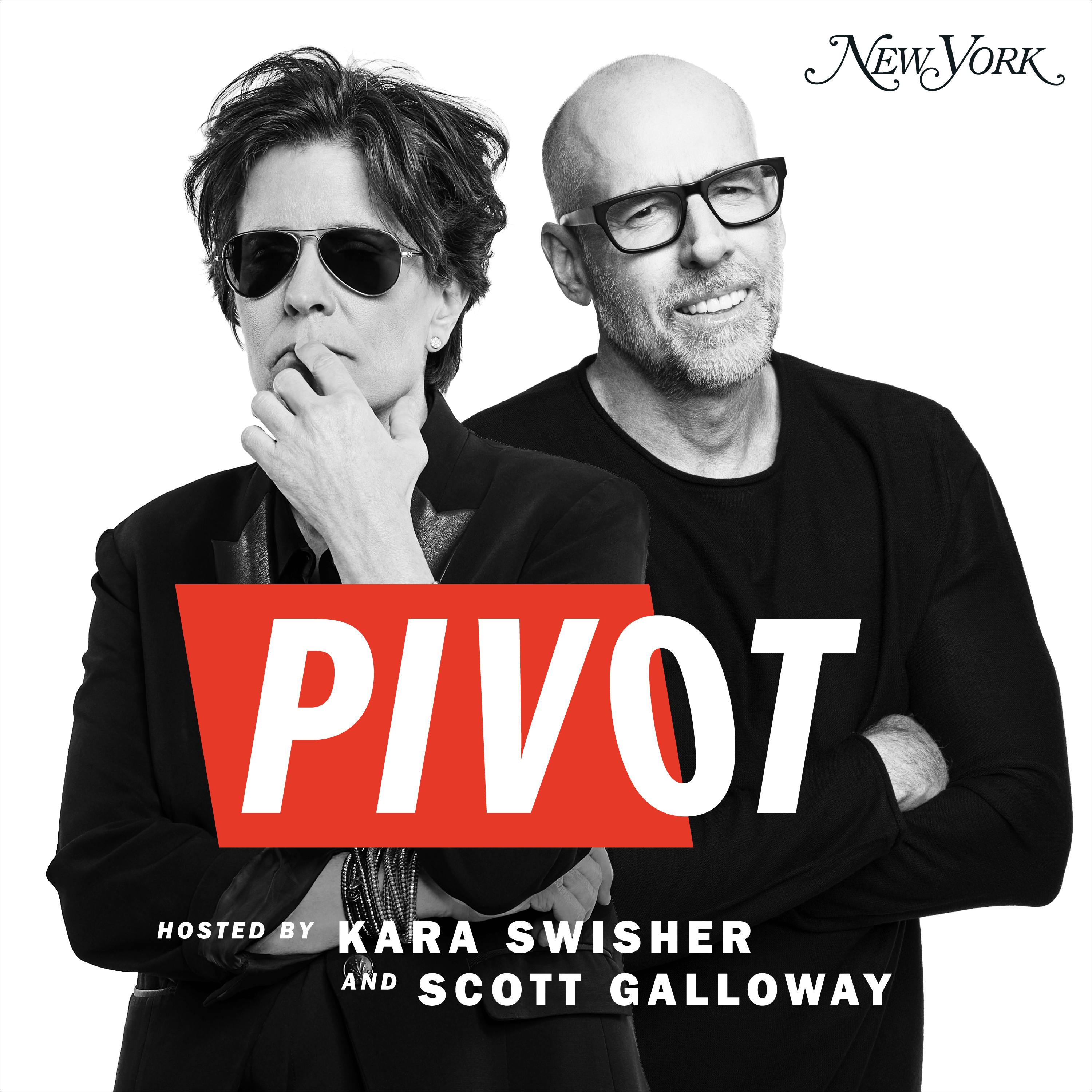PortalsOS
Related Posts
Vote to see vote counts

Gold is up around 40% this year. Someone must warn you this was going to happen. That's not speculation. That's reality.

Gold's current status as a risk asset challenges its traditional role as a safe haven. Its rise is driven by momentum and speculation, not intrinsic value or central bank actions.
In 1971, America came off the gold standard due to excessive spending on the Vietnam War and President Johnson's welfare programs. This led to a situation where the US didn't have enough gold to back the dollars it had printed.
Gold hit $4,000 for the first time ever, up 121% since the end of 2022, and more than 50% so far this year. It's the best performing asset class of the year, outperforming Bitcoin.
The rise in gold, Bitcoin, and AI points to a trend of speculative bets in 2025. Gold, traditionally seen as a safe haven, is now considered a risk asset due to its speculative nature.

Gold traditionally climbs during periods of uncertainty, and it's currently on track for its best year since 1979.

Since the final vestiges of the gold standard were abandoned in 1971, the supply of money has ballooned. This has led to more money chasing the same amount of goods, contributing to the rise in prices over the years.
During the 19th century, consumer prices decreased by more than half, allowing wage earners to buy more over time. This contrasts sharply with today's economy, where money buys less each year.

Wages going up when hiring isn't is suggesting that there's almost like a culling of the workforce so that the lower paid stagnant jobs aren't there anymore.
House prices have increased by three and a half times the rate of salary increases since 1970. In the 1970s, a single salary could afford a house, but now it requires two salaries and significant debt.